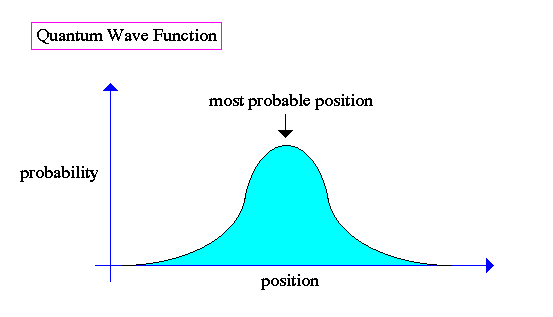Is The Cat Alive or Dead?
Wave/particle duality and the superposition of states form the groundwork of The Copenhagen Interpretation of Quantum Mechanics. This interpretation illustrates that particles can exist in all states at any location until it is definitely measured and observed.
 Credit : University of Oregon
Credit : University of Oregon
Erwin Schrodinger, an Austrian quantum physicist, was skeptical of the interpretation and came up with his famous thought experiment in 1935.
Suppose you have a cat in a sealed box. Alongside the cat are a radioactive sample, a Geiger counter for measuring radiation and a bottle of poison. If the radioactive sample decays it will be detected by the Geiger counter which in turn will smash the bottle of poison and kill the cat.
 If the box is sealed and unobservable, the radioactive sample can be both decayed and stable at the same time. If this is the case, the cat is both alive and dead.
If the box is sealed and unobservable, the radioactive sample can be both decayed and stable at the same time. If this is the case, the cat is both alive and dead.
Obviously this isn't the case and the cat is either alive or dead. This thought experiment was an effort to highlight the very blurred lines between observable reality and perceived proper reality. The cat has been used to show differences in emerging models of quantum physics.
In the 1950s, the "Many Worlds Interpretation" would argue that when the box is opened reality is split in two. Both the dead and living cat can be observed at the same time!
Quantum mechanics just goes to show that the blurriest of lines between realities can confuse our understanding of nature and order. Between particles popping into and out of existence and living and dead being mathematically simultaneous. There is no spoon.....
Jude Morrow




